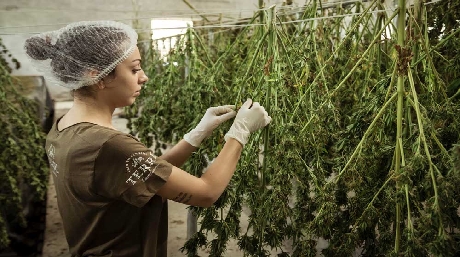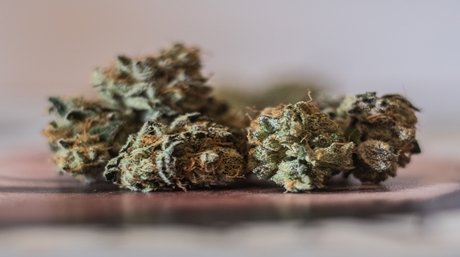Embarking on the journey of growing marijuana involves nurturing the plants from seedlings to maturity while safeguarding them against pests and diseases. However, the journey doesn’t end with cultivation; the crucial step of drying the buds awaits. Properly drying and curing marijuana is paramount to extract the maximum potency and quality from each bud. In this guide, we will explore the importance of correct drying techniques, delve into the science behind the process, and provide practical tips to enhance your drying experience. By adhering to these guidelines, you can ensure that your painstakingly cultivated marijuana reaches its full genetic potential, delivering exceptional taste, aroma, and effects.
Drying Process and THC Potency:
The correct drying and curing of cannabis significantly impact the potency of its psychoactive compound, THC (tetrahydrocannabinol). Inadequate drying can cause a significant reduction in potency. While a plant’s genetics determine the maximum THC levels it can achieve, proper drying and curing can help you realize the highest THC potential based on its genetic makeup.
During the drying process, the non-psychoactive, crude, acidic form of THC present in marijuana buds undergoes conversion into its psychoactive neutral form. Smoking undried weed results in a less potent experience, as the desired conversion hasn’t taken place. As drying progresses, approximately 70% of the freshly harvested plant converts into water vapor and other gases. Even after hanging the plant to dry, fluid transport continues at a slower rate within the plant. The stomata, the tiny openings under the leaves, close after harvest, reducing water vapor escape and slowing down the drying process until the plant reaches its optimum dryness.
The Importance of Slow Drying:
While removing leaves and stems during harvest accelerates drying, it also leads to uneven moisture content. Quick drying methods can trap chlorophylls, starches, and nitrates within the plant tissue, adversely affecting burn and taste. Therefore, a slow drying approach is preferable for optimal results. Slow drying allows for even evaporation of moisture into the air, resulting in evenly dried buds with minimal THC decomposition. Additionally, the breakdown of pigments during slow drying enhances taste and aroma, elevating the overall cannabis experience.
Hanging entire plants upside down in a dark, well-ventilated area is one of the best methods for achieving an even drying process. It is crucial to ensure that the plants do not touch each other to prevent mold formation. Maintaining a consistent temperature of 65-75 degrees Fahrenheit (18-24 degrees Celsius) and humidity levels between 45% and 55% create an ideal environment for drying marijuana buds.
Determining Readiness for Curing:
The duration of the drying process depends on factors such as temperature, humidity, and bud density. On average, after a week, buds can be ready for the curing stage. However, larger and denser buds might require a few additional days. To determine if your buds are ready for curing, gently squeeze them to check their moisture content. The buds should be dry but still retain a slight pliability, without becoming brittle. Another useful test is to check the stem; if it breaks instead of merely bending, the buds are ready for curing.
Expediting the Drying Process:
In cases where a limited supply of marijuana necessitates quicker access to dried buds, there are methods to expedite the drying process. However, it’s important to note that these methods may not yield the full potential of your bud. Placing buds under a 60-watt lamp for a couple of hours, while gently rotating them, can help speed up drying. Additionally, using aluminum foil underneath the buds can enhance the efficiency of this process. Remember, though, that maintaining the quality and potency of your buds is best achieved through patient and meticulous drying methods.
Preserving Quality and Handling:
During the drying process, it’s essential to protect your marijuana buds from their enemies: light, heat, and friction. These factors can accelerate biodegradation, compromising the quality of the final product. Treat your buds delicately to preserve their integrity and potency. Avoid excessive handling and friction, as this can cause the loss of resin glands and diminish the overall quality. Remember, just like any other living plant or fruit, buds can bruise easily, so handle them with care.
Conclusion: Correctly drying and curing marijuana buds is a critical step in obtaining the most potent and high-quality cannabis. Slow drying allows for even evaporation, preserving THC levels and enhancing taste and aroma. Hanging entire plants upside down in a well-ventilated, dark environment with appropriate temperature and humidity levels ensures optimal results. Patience is key when waiting for buds to dry, but the rewards are well worth it. By following these guidelines and handling your buds with care, you can maximize the enjoyment of your carefully cultivated marijuana crop.
















